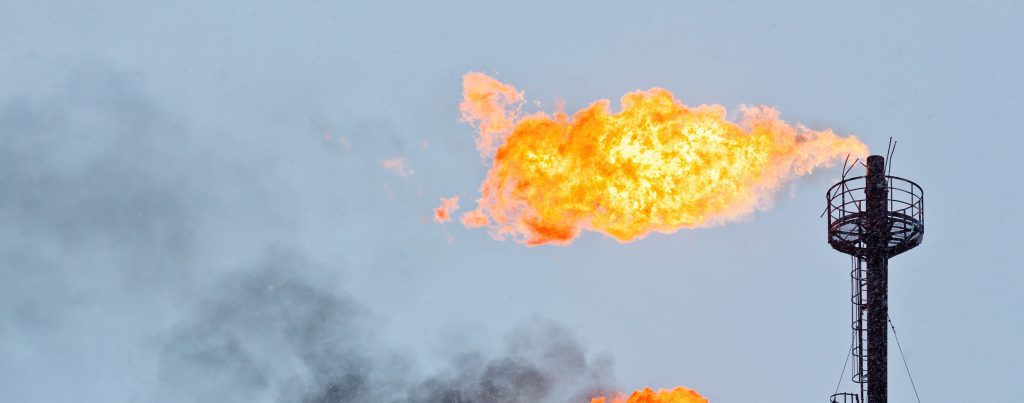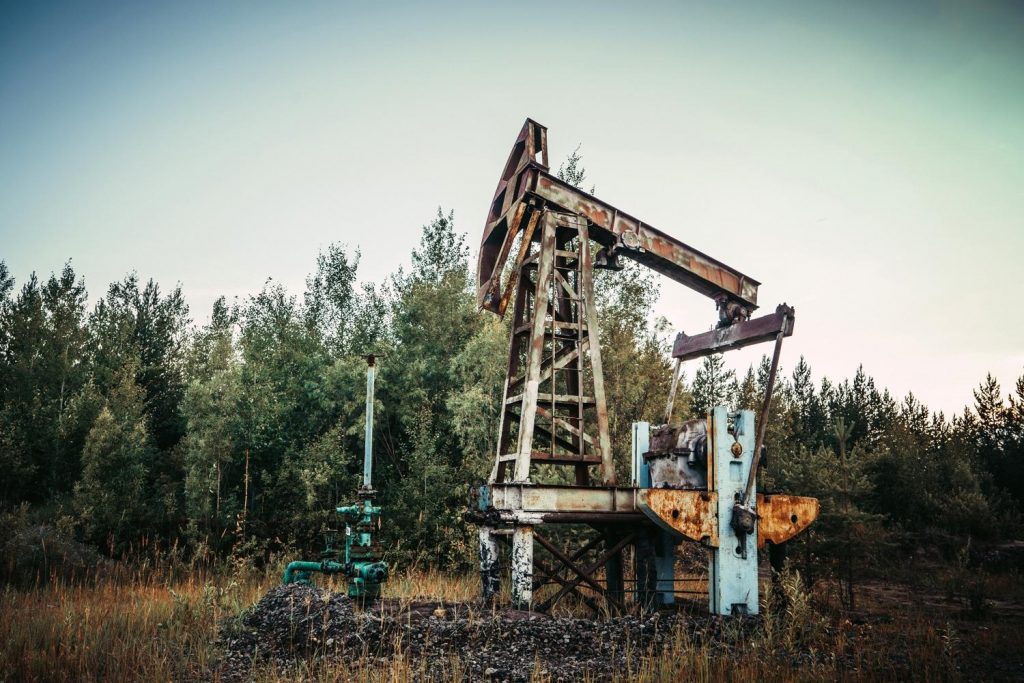With last week’s game-changing coal regulations from President Obama, Canada fell even further behind when it comes to keeping up with our southern neighbours on climate action. Canada and the U.S. share the same climate goal (17% below 2005 by 2020), but are on very different trajectories.
Coal is a big problem in the United States when it comes to climate pollution. In fact, emissions from coal make up the lion’s share of pollution from the U.S.’s largest emitting sector: electricity. By committing to tackle emissions from coal, the U.S. has a good shot at meeting its climate targets.
Canada has regulations on coal, although they have been widely criticized for being too weak. And, unlike the U.S., we still aren’t tackling our largest source of climate pollution – the tar sands.
The tar sands are our fastest growing source of greenhouse gas pollution. They alone are cancelling out every other effort across the country to tackle climate change.
Like the U.S., we should be working to reduce our biggest source of climate emissions. The new U.S. rules will see emissions from coal-fired electricity drop by 30 per cent by 2030 (below 2005 levels). Meanwhile, in Canada, if industry and government get their way and triple tar sands production, emissions from the tar sands will soar by 250 per cent by 2030 (above 2010 levels).
The key takeaway? The U.S. is doing what it takes to meet our shared climate goal and Canada isn’t.
It’s time for the Canadian government to meaningfully tackle pollution from the tar sands. You can help! Send a message to say No to tar sands expansion and yes to a clean energy future.








